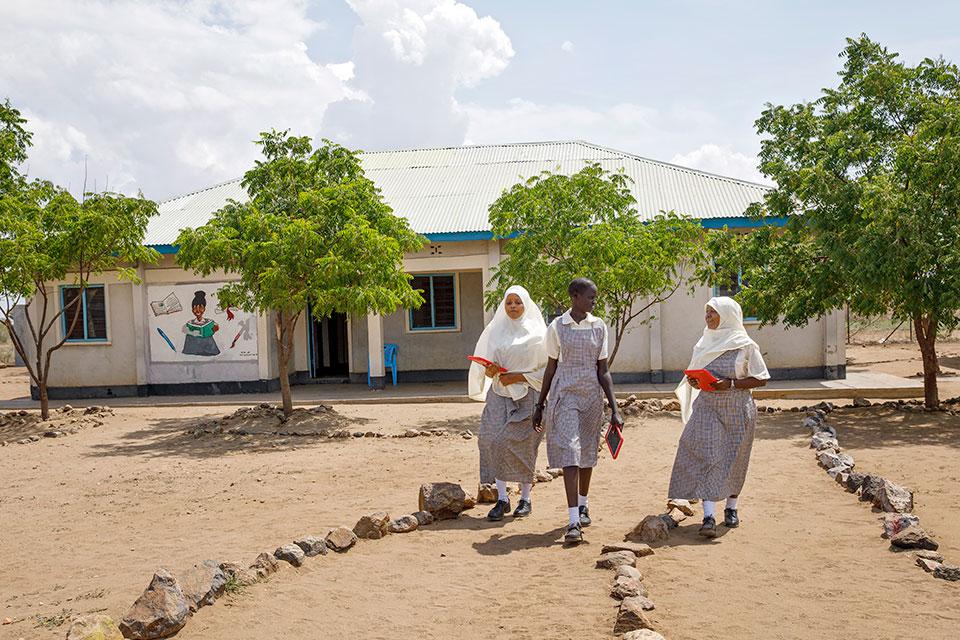We know from decades of research that when girls and women are educated, we see faster poverty reduction, better maternal health, lower child mortality, greater HIV prevention and reduced violence. Each additional year a girl spends in school can also boost her earnings as an adult by up to 20%.
As the world comes together for the Transforming Education Summit this September, we must remember that all children deserve to learn and despite great strides made in girls’ education over the last few decades, girls from the poorest households and in rural areas are still being left behind. According to UN Women and UNDESA’s new report, Progress on the Sustainable Development Goals: The Gender Snapshot, even without the COVID-19 fallout, it will take at least another 54 years to reach universal primary school completion for girls.
The report also cites recent data from 29 countries showing that gaps in upper secondary school completion among the poorest rural girls and the richest urban girls can range from 11.5 to 72.2 percentage points.
Discrimination based on race, ethnicity, religion, migratory status and disabilities can also disrupt education. Children with disabilities have less access to early childhood education, according to data from 42 countries, and the disparity is greater for girls (only 18% of girls with one or more functioning difficulties attended an early childhood education programme, compared to 28% of girls without). And pandemic-related disruptions to education have further deepened inequalities in learning for girls and young women.


